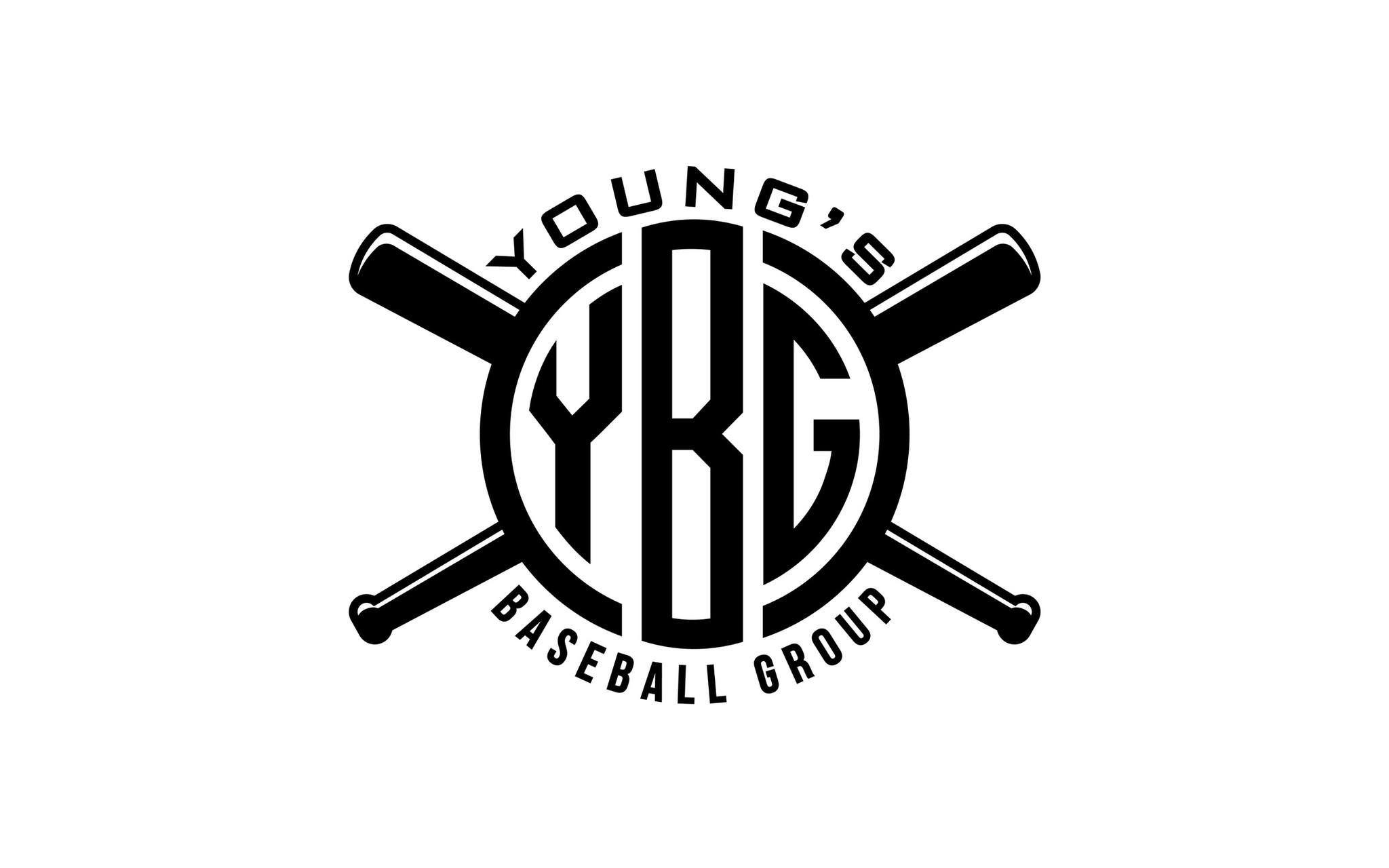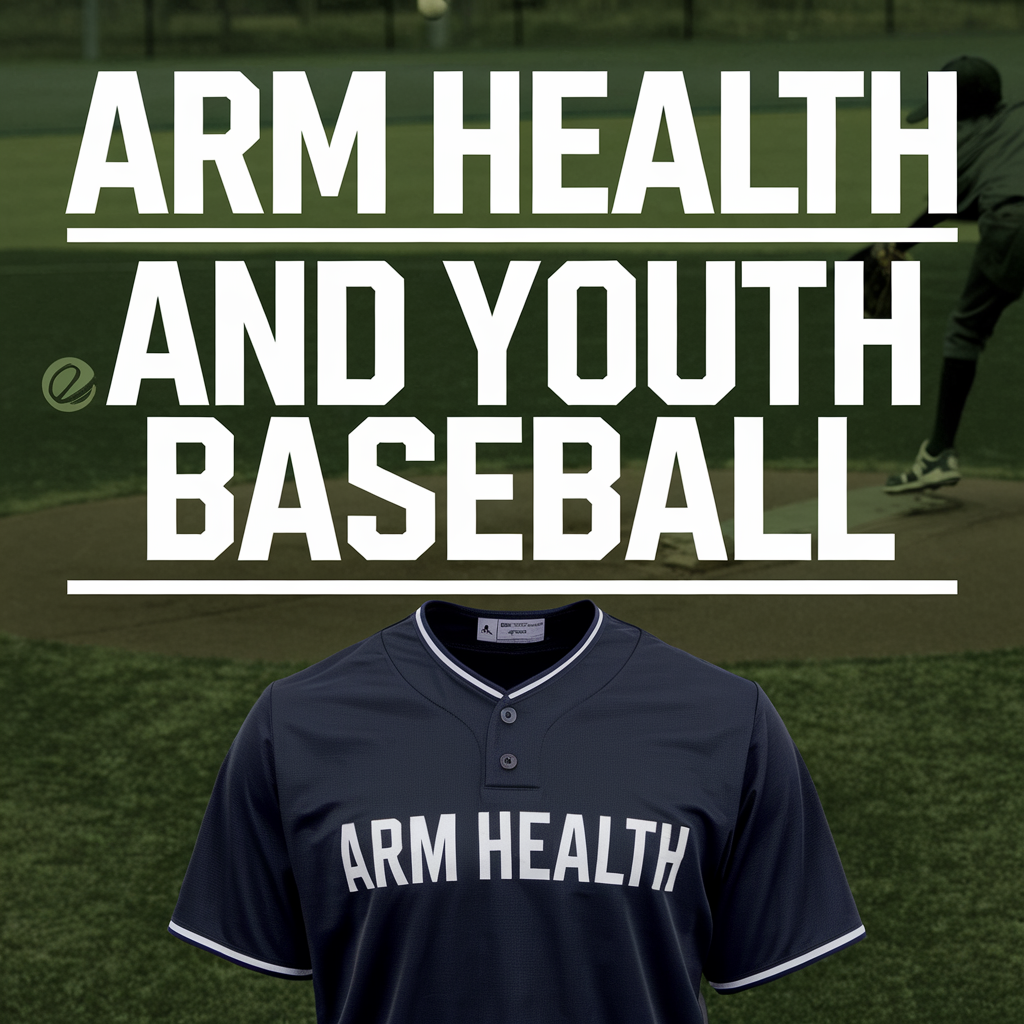Understanding the Importance of Arm Health in Youth Baseball
Arm health in youth baseball is a critical aspect that influences both performance and long-term athletic development. The significance of maintaining arm health cannot be overstated, particularly given the anatomical considerations unique to young athletes. As children’s bodies are still developing, their muscles, tendons, and ligaments are more susceptible to injury compared to fully matured athletes. Recognizing this vulnerability is essential for coaches, parents, and players alike.
Common injuries associated with youth baseball primarily stem from overuse or improper throwing techniques. Conditions such as Little League elbow and rotator cuff strain are increasingly observed among young players. These injuries can arise from repetitive throwing motions without adequate rest or when the child uses poor biomechanics. Such strains not only impede a player’s ability to participate but can also lead to chronic issues that persist into adulthood, impacting physical activity and quality of life. Consequently, understanding the anatomy of the throwing arm and the normal range of motion is fundamental for ensuring players do not exceed safe limits.
Another significant aspect of arm health is the mental dimension, where young players must learn to listen to their bodies. They should be educated on recognizing signs of discomfort and understanding the importance of rest and recovery. Incorporating strength training and conditioning specific to arm care can further enhance resilience against injuries. Having a balanced approach that includes warm-ups, cooldowns, and proper recovery practices should be an integral part of practice and game regimens.
Incorporating education around arm health provides athletes with the tools to prioritize their physical well-being. By fostering an environment that emphasizes care and prevention, the future of our young baseball players can be safeguarded, allowing them to enjoy the game for many years to come.
Best Practices for Preventing Arm Injuries
Preventing arm injuries in youth baseball players is crucial for maintaining long-term arm health and performance. One of the fundamental practices is implementing proper warm-up and cool-down routines. A thorough warm-up should include dynamic stretching and light throwing exercises to prepare the muscles and joints for the demands of the game. Similarly, a cool-down period, featuring static stretching, helps to relieve tension and improve flexibility, reducing the likelihood of injury.
Next, emphasizing proper throwing mechanics is essential in preventing injuries. Players should be taught the correct grip, stance, and follow-through techniques to distribute forces evenly across the shoulder and elbow. Coaches play a significant role in consistently monitoring players’ throwing form, ensuring they maintain these techniques during practice and games. Additionally, establishing guidelines for pitch counts is critical to limit excessive stress on the arm. The number of pitches thrown should correspond to the player’s age and development level, thus minimizing the risk of overuse injuries.
Equally important is the implementation of regular rest periods. Adequate recovery time allows the arm to repair and strengthen after the exertion of play. Coaches should encourage athletes to take time off or engage in cross-training activities that do not excessively stress the throwing arm. Furthermore, incorporating specific shoulder and elbow exercises can enhance the strength and stability of the muscles and ligaments around the arm. Exercises such as band rotations, scapular raises, and wrist flexions may significantly contribute to building resilience against injury.
Finally, recognizing signs of fatigue or strain is crucial in the prevention of arm injuries. Parents and coaches should educate young players about the importance of listening to their bodies and reporting discomfort or fatigue. Early intervention can be key to addressing potential issues before they escalate into serious injuries.
What to Do if You Experience Arm Soreness
Experiencing arm soreness can be a common occurrence for young baseball athletes, especially following intense practice sessions or games. However, differentiating between normal muscle soreness and pain that may signal an injury is crucial. Normal muscle soreness usually manifests as a dull ache that arises after strenuous physical activities, often improving with gentle movement and rest. In contrast, sharp pain, swelling, or persistent discomfort that worsens over time could indicate an injury that requires further attention.
If arm soreness occurs, the R.I.C.E. method serves as an effective approach for management. R.I.C.E. stands for Rest, Ice, Compression, and Elevation. Initially, allowing the affected arm to rest is essential to prevent further strain. Applying ice to the sore area for about 15-20 minutes every hour can assist in reducing inflammation and numbing the pain. Additionally, using compression wraps can help decrease swelling, while elevating the arm above heart level can further minimize edema. This combination fosters optimal conditions for recovery and can alleviate symptoms effectively.
Monitoring the symptoms closely is vital during the recovery process. If the soreness persists beyond a few days or if the pain intensifies, it is essential to consult a healthcare professional for a thorough evaluation. They can determine if further medical intervention, such as physical therapy, is necessary. Rehabilitation should be approached gradually. This includes adhering to a structured regimen recommended by a medical professional that focuses on strengthening and increasing flexibility while gradually reintroducing pitching and throwing activities. By following these guidelines, young athletes can ensure a safer return to the sport without risking further injury.
Engaging with Coaches and Parents for Arm Health
Effective communication between young players, coaches, and parents is essential for promoting arm health in youth baseball. A collaborative approach fosters a supportive environment where discussions about physical health can thrive, ultimately ensuring the well-being of young athletes. Coaches play a critical role in educating players and parents about safe practices during training, emphasizing the importance of proper mechanics and arm care routines.
To create a culture that prioritizes injury prevention, it is vital for coaches to establish clear guidelines regarding training intensity, frequency, and recovery periods. Implementing regular check-ins with players can help monitor any signs of discomfort or soreness, allowing for timely adjustments to training regimens. Additionally, conducting workshops or meetings with parents can provide valuable insights into arm health management, encouraging them to engage actively in their child’s athletic journey.
Parents also hold a pivotal responsibility in advocating for their children’s well-being in sports. They should be encouraged to communicate any concerns regarding arm health with coaches, enabling a proactive approach to injury prevention. Parents can support their children by ensuring they adhere to training schedules, prioritize rest days, and participate in strength and conditioning programs designed to promote robust arm health.
Furthermore, a focus on developing a strong team culture that values health and safety is imperative. Encouraging peer support among players can enhance accountability, leading to better adherence to safe practices both in practice and games. When players share experiences and strategies related to arm care, it promotes a community attitude toward vigilance and proactive health management.
In conclusion, fostering an open dialogue among players, coaches, and parents is paramount for effective arm health management in youth baseball. By prioritizing communication, establishing safe training practices, and nurturing a culture of support, the likelihood of injuries can be significantly reduced, ultimately enhancing the overall health and performance of young athletes.
- TARGETED COLD THERAPY FOR SHOULDER & ELBOW INJURIES – The shoulder ice pack wrap and elbow ice pack wrap are specificall…
- ADJUSTABLE AND COMFORTABLE FIT – Featuring adjustable straps, this ice shoulder wrap and arm ice pack offer a snug, cust…
- SPECIALIZED RELIEF FOR ROTATOR CUFF AND ELBOW DISCOMFORT – Whether you need a shoulder ice pack rotator cuff cold therap…





